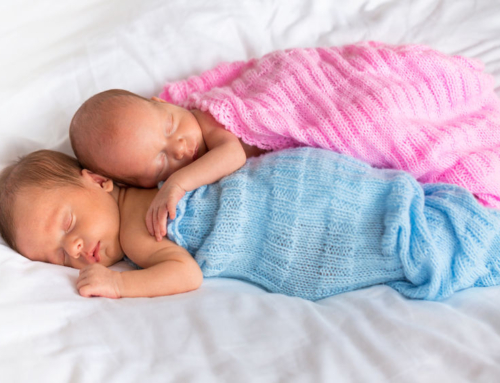A Vital Part Of A Successful Pregnancy
For a successful pregnancy, several things must go well. There must be a healthy egg and healthy sperm to create a healthy embryo. From there, the embryo must travel to the uterus and implant into the uterine lining. Known as the endometrial lining, this part must be the perfect thickness to facilitate the embryo. Too thin or too thick, and the pregnancy can fail. With an increase in infertility in women, doctors are paying more attention to the endometrial lining thickness.

What is the endometrial lining?
The endometrial lining is the inner epithelial layer. This lining changes in size every month during a woman’s fertile years. During a woman’s period, the thickness of the endometrium increases and decreases. The lining varies based on the stage in the menstrual cycle. Endometrial linings are thinnest at the start and thickest in the middle of ovulation when the period starts.
What is the role of the endometrial lining in pregnancy?
During vascularization, the endometrial lining becomes enriched with blood. Ovulation prepares the lining to receive a fertilized egg and supports the placenta. The placenta grows during pregnancy to supply the fetus with oxygen, blood, and nutrients. Endometrial thickness is vital during pregnancy. The lining must be the right thickness for the best chances of a healthy, full-term pregnancy. The lining gets thicker as the pregnancy continues.
Thick vs thin
A simple exam using X-ray technology can help a doctor measure the uterine lining. Thin linings are classified as less than or equal to 7mm. Low estrogen levels and insufficient blood flow are the most common reasons for a thin endometrial lining. Fibroids, abnormal periods, pelvic inflammatory disease, and long-term use of birth control can also affect the lining. A thick lining also impacts pregnancy. If the lining becomes too thick, endometrial hyperplasia can occur.
The best endometrial lining
Several studies have shown a correlation between pregnancy and endometrial thickness. A healthy uterine lining must be at least 8mm for the effective implementation of a fetus. In contrast, a thick lining should not exceed 12mm wide as this allows for good blood flow. These figures aren’t set in stone. Women have become pregnant in the past with a 7mm lining. However, the right balance significantly increases the chances of a successful pregnancy.
Can you improve your lining?
A healthy endometrial lining is essential for growing a baby. Women can increase the chances of a healthy lining with some simple lifestyle changes. Healthy fats and dark leafy greens can help with a healthy lining. Additionally, supplements like iron, fish oil, vitamin E, turmeric, and low-dose aspirin may help. Acupuncture is great for improving circulation and is most effective for 2-3 months with twice-weekly treatments. Most of all, don’t forget to move. Just 30 minutes of physical activity helps the body prepare for pregnancy.
Talk to your doctor today
Concerned about having an excellent endometrial lining? Then speak with a doctor today. A thin lining could be the reason for infertility or miscarriages. The doctor will first need to look into the root cause of the abnormal uterine lining. From there, there may be some treatment options available. Even during IVF, a thin endometrial lining can lower success rates. The right medical, health, and wellness initiatives can put women with thin endometrial linings on the path to pregnancy.




